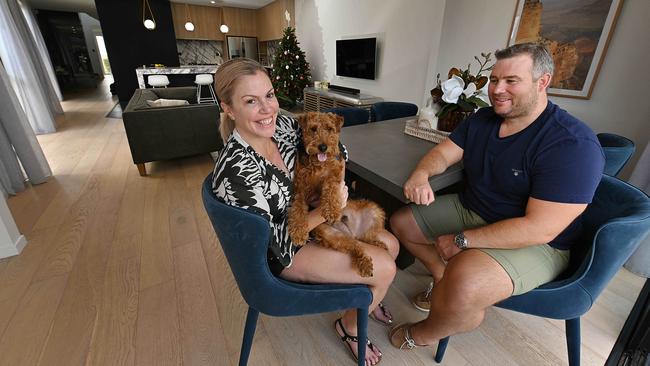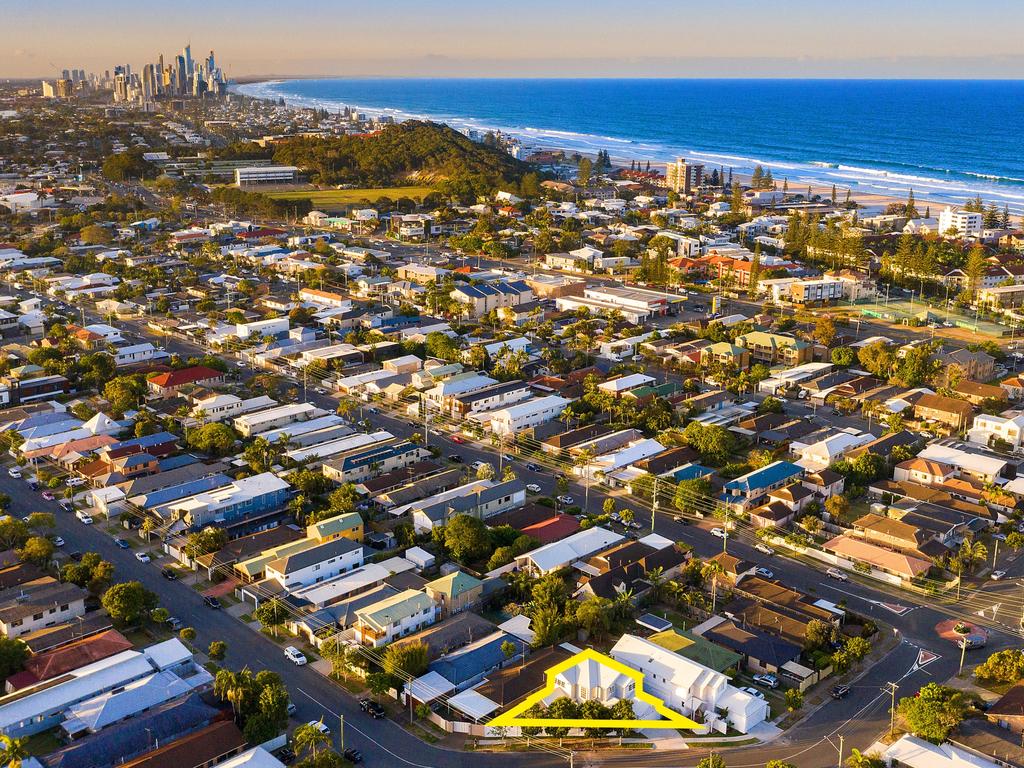Home is where the profit is this year
Property prices are predicted to climb about 10 per cent in most capital cities this year, as smaller cities outpace Sydney and Melbourne.

Property prices are predicted to climb by about 10 per cent in most capital cities this year, as smaller cities outpace the usually hot Sydney and Melbourne markets.
Coronavirus proved to have little negative impact on the property market through 2020. Largely paused through autumn, the removal of social distancing measures in most cities in May and June unleashed a slew of buyers into the market with loaded pockets from stimulus measures.
CoreLogic’s daily house price data shows that in the month to December 30, four of the five largest capital cities — Sydney, Melbourne, Brisbane, Adelaide and Perth — recorded more than 1 per cent of growth. Melbourne was the only capital city not to record growth over the year, largely due to Victoria’s strict and lengthy second-wave lockdown, which sent the market into hibernation.
The resurgence of prices in the final months of 2020 is expected to continue into the new year, with property experts tipping a rise of between 5 and 10 per cent across the country, particularly in the smaller capital cities.
AMP chief economist Shane Oliver said the trends currently playing out would continue through the first half of 2021.
“I see reasonable gains in property prices propelled by very low-interest rates, government incentives and easy lending standards,” Mr Oliver said.
“But that masks a huge divergence, with suburbs — and houses, particularly — doing better than units in inner-city areas, and lagging cities like Perth, and to a lesser extent Adelaide, Brisbane and Darwin, playing catch-up.”
Data firm SQM Research expects house prices to rise most significantly in Perth (between 8 and 12 per cent) and Adelaide (between 6 and 10 per cent) through 2021. Sydney could rise by 7 per cent to 10 per cent, while predictions for Melbourne sit at an increase of between 2 and 6 per cent, with 4 per cent to 8 per cent in Brisbane. The modelling assumes no further waves of the virus.
Sean and Sharlene Bryce are hoping to take advantage of Brisbane’s anticipated suburban price increases this year. They placed their Camp Hill home in the city’s suburban south on the market as of Saturday.
“The property market is buoyant and it will continue to increase,” Mr Bryce said.
“People are spending money in Australia, and I think people’s priorities are changing. There are quite a few people moving up to Brisbane, and that’s probably also causing the property market to increase — as well as it being much cheaper in Brisbane compared to Sydney and Melbourne, so it’s easy … to get into the property market here.”
Their home will test buyers’ appetite at auction on the first major weekend of the year when Place agents Shane Hicks and Antonio Puopolo put it under the hammer on January 30.
One of the missing pieces in the growth of the market will be investors, who were largely absent throughout 2020.
SQM Research managing director Louis Christopher warned not to expect an investor resurgence, but said there could be a modest bounce-back.
“Investors are generally a momentum-driven demographic,” Mr Christopher said. “They come into the market when the market is rising, and they leave pretty quickly when the market’s falling. So there is every chance investors may well intervene.”
Every capital city is now offering cashflow-positive investments on a 90 per cent loan-to-value ratio, with low rates and good yields. He said the barrier to investors would be lending and eviction moratoriums.
CoreLogic’s complete data for December and the full year of 2020 will be released on Monday.








To join the conversation, please log in. Don't have an account? Register
Join the conversation, you are commenting as Logout